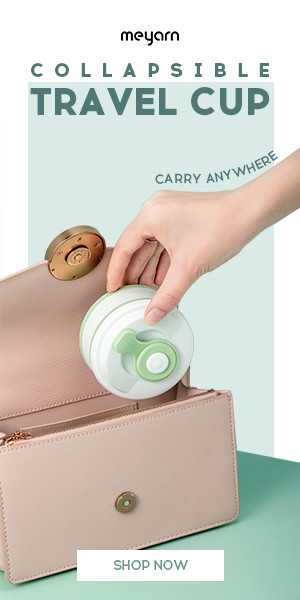5 Newborn Safety Tips
Whether you’re a new mother or an experienced one, newborn safety and health is always the first priority. You’ve taken baby massage classes, you’ve secured your house and bough the best baby car seat your budget allows. But sometimes even the best-intentioned parents can have a moment of distraction and become the unfortunate victims of a baby accident.
How do you ensure the safety of your newborn baby at all times? Here are some tips.
1. Use the proper car seat position
Car seat guidelines require that baby car seats face the rear of the car and be installed on the back seat. Seating your child on the front seat is dangerous because the airbag can damage the seat and hurt your child in case of accident.
2. Choose a safe crib
We’ve all heard crib horror stories of children getting their heads stuck between the bars and choking themselves. These accidents are infinitely regrettable but also preventable. If you’re accepting a hand-me-down crib from a friend or family member, make sure the crib follows the latest safety guidelines. If not, it’s worth buying a new one that does. These guidelines include bars that are no wider than 2 3/8 inches apart and a mattress that leaves no space between itself and the crib structure.
3. Prevent SIDS
SDIS (or Sudden Infant Death Syndrome) is an all-too-frequent cause of infant death. Preventing it is simple:
· Put your baby to sleep on his or her back
· Don’t use blankets, soft toys or pillows in the crib (they are choking hazards)
· Use sleep clothing to keep your baby warm
· Forbid smoking around your baby
· Avoid overheating your newborn by too many blankets
· Put your baby to sleep on his or her back
· Don’t use blankets, soft toys or pillows in the crib (they are choking hazards)
· Use sleep clothing to keep your baby warm
· Forbid smoking around your baby
· Avoid overheating your newborn by too many blankets
SIDS is easily avoidable with a little attention and prevention.
4. Watch your baby’s health
It’s hard to identify sickness and illness in newborns because they can’t speak and identify their symptoms. However, with a little attention, you can easily notice changes in your baby’s health. Some signs of illness include:
· Fever
· Decreased appetite
· Vomiting
· Lethargy
· Irritability
· Fever
· Decreased appetite
· Vomiting
· Lethargy
· Irritability
Basically, if your baby doesn’t seem like him or herself, you should check for some of these symptoms and take him or her to the doctor. Better safe than sorry!
5. Child-proof your home
Newborns can easily get hurt by ordinary objects in your home. If you’ve had a baby before, you might have learned this through experience. Here are some things to watch out for in your living space:
· Cabinets and drawers. The kitchen and bathroom contain potentially poisonous products. Use safety latches and locks to prevent your child from accessing them.
· Safety gates. These are especially important when your baby starts to crawl or walk. Prevent falls down stairs or keep your child away from dangerous areas by using safety gates to block the way.
· Outlet covers. Most electrical outlets are just at the right level for a child to access. Use outlet covers to protect your child from electrocution.
· Corner and edge bumpers. Some furniture pieces have sharp edges and corners. Make sure to use bumpers and covers to prevent injuries caused by falls on or around these objects.
Child-proofing your home can prevent many accidents and injuries.
If you use a car seat properly, make sure that your crib is safe and use proper bedding, watch for your child’s health and child-proof your environment, you are doing your best to keep your child safe.
· Cabinets and drawers. The kitchen and bathroom contain potentially poisonous products. Use safety latches and locks to prevent your child from accessing them.
· Safety gates. These are especially important when your baby starts to crawl or walk. Prevent falls down stairs or keep your child away from dangerous areas by using safety gates to block the way.
· Outlet covers. Most electrical outlets are just at the right level for a child to access. Use outlet covers to protect your child from electrocution.
· Corner and edge bumpers. Some furniture pieces have sharp edges and corners. Make sure to use bumpers and covers to prevent injuries caused by falls on or around these objects.
Child-proofing your home can prevent many accidents and injuries.
If you use a car seat properly, make sure that your crib is safe and use proper bedding, watch for your child’s health and child-proof your environment, you are doing your best to keep your child safe.





















